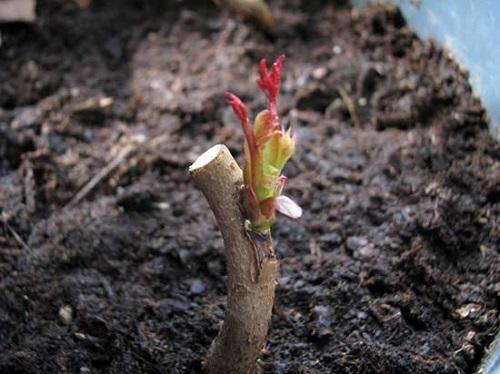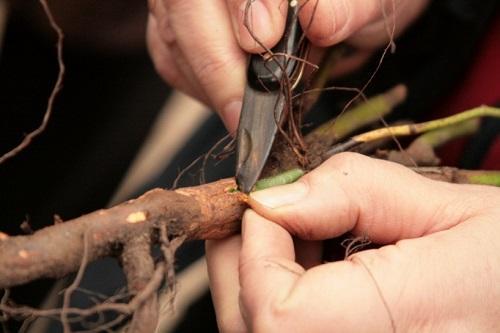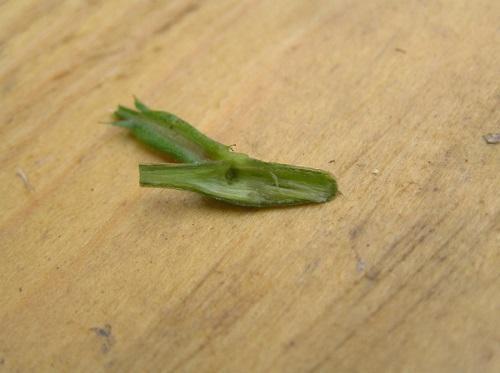How to plant a rose on a rosehip by budding
 As you know, a rose requires attention and careful care. However, even if all the requirements of the queen are fulfilled, she may suffer from a cold winter or a sharp change in temperature. In order to increase the winter hardiness of the bush, flower growers have long used the method of grafting roses on rose hips. The wild shrub easily tolerates frosty winters, in addition, it is less likely to be more and less susceptible to pest attacks. Read:how to grow a rose from a cutting at home in the fall?
As you know, a rose requires attention and careful care. However, even if all the requirements of the queen are fulfilled, she may suffer from a cold winter or a sharp change in temperature. In order to increase the winter hardiness of the bush, flower growers have long used the method of grafting roses on rose hips. The wild shrub easily tolerates frosty winters, in addition, it is less likely to be more and less susceptible to pest attacks. Read:how to grow a rose from a cutting at home in the fall?
When can I get vaccinated?
Depending on the timing, there are:
- Spring vaccination... The procedure must be carried out no later than the end of May, until the buds begin to bloom.
- Summer vaccination... By August, roses have faded and are in active sap flow, which contributes to easy bark separation and good graft engraftment.
- Winter vaccination... You can plant a rose at the end of winter, but this method requires preliminary harvesting of a rosehip seedling and rose shoots. In the fall, the rosehip should be transplanted into a pot and lowered into the basement. Cuttings of roses are also placed there.
How to choose the right stock and scion?
It is best to use rosehip varieties with increased winter hardiness for the stock. It is desirable that there are not too many thorns on the shoots - this will complicate the grafting process. It is ideal to be vaccinated on the dog rose dog rose, it winters well and is not very prickly.
Only rosehip seedlings not older than three years old, grown from seeds, are suitable as a stock.
5-7 days before the spring or summer vaccination, the rosehip bush must be regularly watered. This promotes increased sap flow in the shoots, making the bark easier to exfoliate.
Concerning roses, then for the scion, you should choose healthy annual shoots, on which the wood has matured well (it should be smooth and shiny), with highly developed buds.
Step-by-step instructions for grafting a rose to a rosehip
According to the reviews of experienced flower growers, one of the best results is obtained by grafting a pink bud into the root collar of a rosehip, or budding. The survival rate with this method is more than 90%.
The sequence of actions is as follows:
- The rose hip bush should be dug out a little until the root collar is exposed and wiped well with a damp sponge. The root must be clean so that the soil does not get into the grafting site.
- With a sharp knife, make two cuts on the bark of the neck - a longitudinal, about 5 cm long, and a transverse, about 2 cm. They should be positioned so that the letter "T" is obtained.

- Cut off the largest bud from the stem of the rose. Make the cut oblique, and the total length of the flap is no more than 3 cm.

- Carefully open the incision on the neck of the rose hips and insert the bud from the pink shoot into it. The kidney itself should remain outside. Shorten the cover if necessary.

Close the incision on the neck tightly, fixing the kidney, and wrap the vaccination site with electrical tape. Dig in a rosehip bush so that the earth slightly covers the peephole. If after a month the kidney remains green, the vaccination was successful.